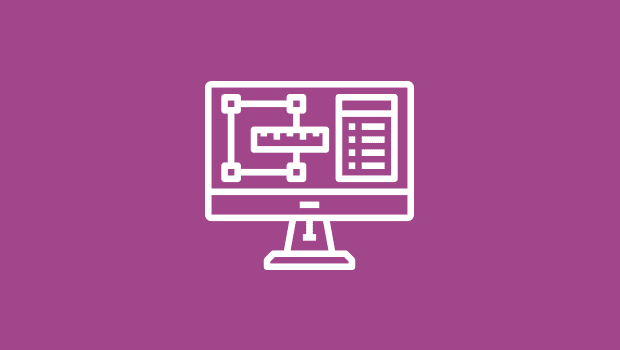Does Anyone Use InDesign Alternatives?
Do you use Scribus? Or Pages? Or QuarkXPress? Come tell us why!

I was recently asked by a colleague if I had any experience with Markzware’s ID2Q XTension, which lets you open InDesign files in a little program called QuarkXPress. After having used XPress almost daily from 1988 to 2001, I find that I very rarely get around to launching it these days. But my friend’s question led me to start asking more questions in my head… questions I wanted to ask you, the InDesignSecrets reader (please respond in the comments below):
- If you have used ID2Q, why? What worked and didn’t work? Are you in a bi-layout-platform world, and if so, did you have to later bring the files back to InDesign with Q2ID?
- How much are you using QuarkXPress, and why?
- Are you using (I mean for real work, not just playing with) other page-layout programs, such as the open-source Scribus, or Apple Pages? What do you like or don’t like about them? (I haven’t even gotten close to Scribus, after the installation instructions began with “Install the Xcode developer tools…” Gah!)
I’m not being judgemental about any of these. I know that QuarkXPress, for example, still has plenty of features that InDesign lacks. I definitely don’t want this discussion to devolve into a QX versus ID argument. That’s not my point at all! I just think we can all learn from exploring the alternatives even if we’re all still going to be using InDesign.
This article was last modified on December 19, 2021
This article was first published on April 4, 2009




